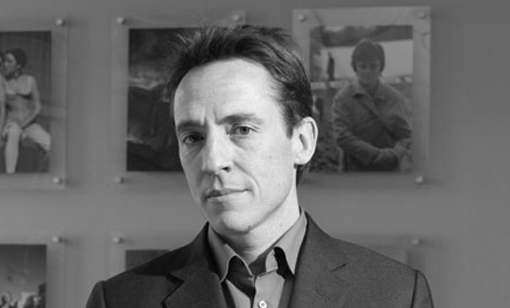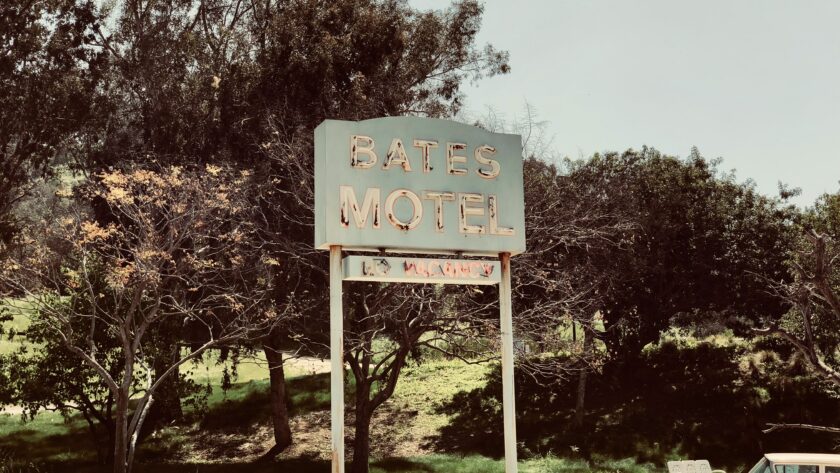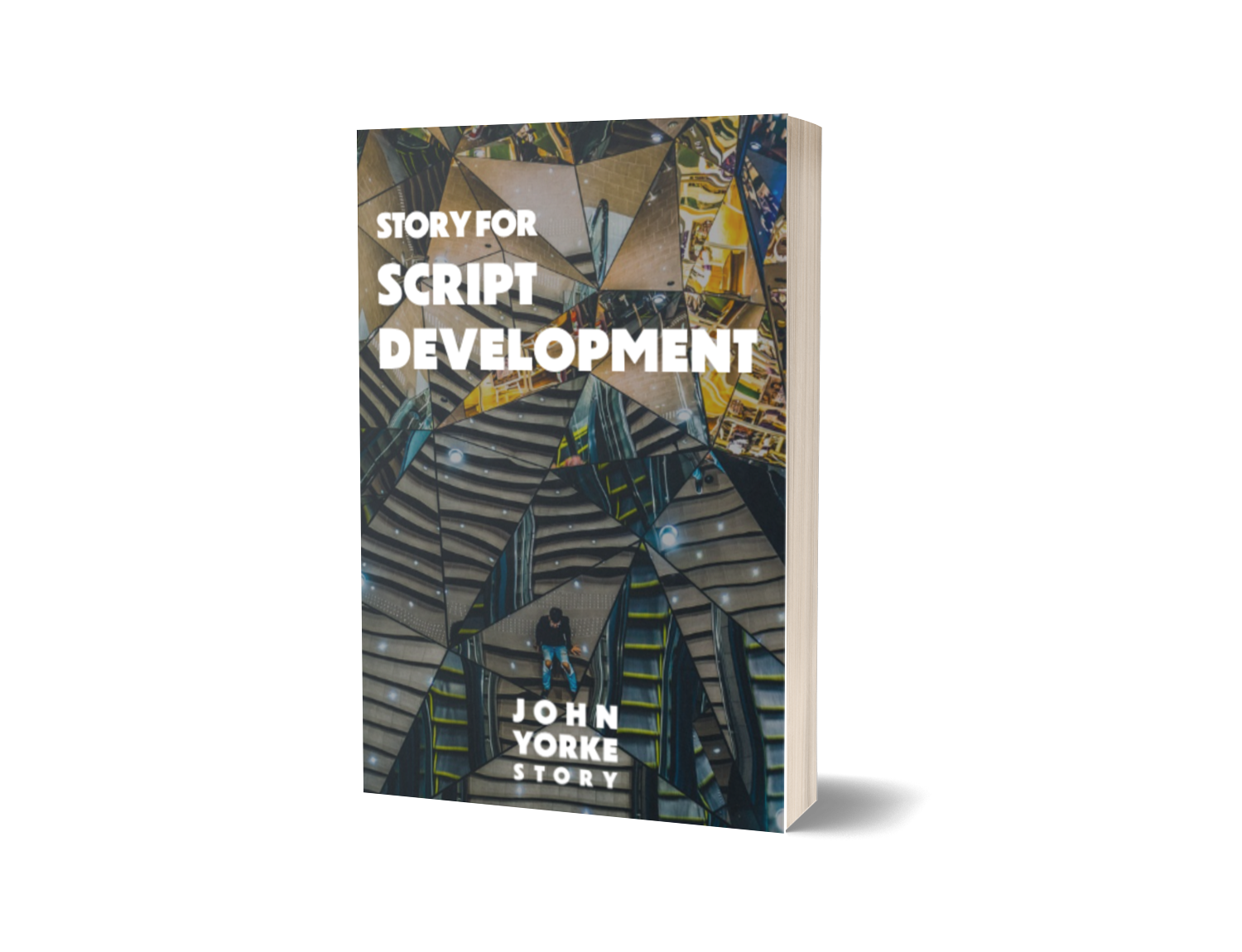Structuring multiple storylines in drama
It’s important to treat each storyline exclusively, so first you must work out how each story works individually, and then you need to find a way to weave them together in a way that excites you.
Then, once you’ve worked out the individual strands, try and work out where the most effective act breaks are for each story – it always helps if you imagine yourself writing towards commercial breaks. Some writers find it helps to limit the number of scenes you’re using. For example, Chris Chibnall (Dr Who, Torchwood, Broadchurch) only ever writes ten scenes before each commercial break – that way he forces his story into the shape he wants.
Scripts TEND towards symmetry, so if you have one five-act story and then one three-act one, you can put the second story either in Acts 1, 3 and 5 or 2, 3 and 4 – hopefully that makes sense! It’s all too easy to get bogged down in formulas and logic when writing – in the end, the best stories always come when you don’t think too much but just go for what feels right.
The other thing to do is try and unite stories by theme, so every plot strand becomes part of the overall story you’re telling.
Nailing down your theme
In the simplest terms, the theme is what your story is about. What’s your argument? If you’re writing Inspector Morse, for example, your theme will be ‘intellect defeats evil’. How does your protagonist win? That’s your theme.
What you’re normally saying when a protagonist wins, is that that’s the value you are reinforcing. So, in Macbeth, Shakespeare is saying regicide is a bad thing, but in, say, the work of Edward Bond or Bertholt Brecht the message might be the opposite. Theme reflects the way you, as a writer, interpret life.
Confronting characters with their opposites
Think about Batman and the Joker, or Chief Brody and the Shark in Jaws. An antagonist is the direct opposite of everything embodied in the protagonist. Take the King and Lionel Logue in The King’s Speech – each has qualities the other completely lacks. The story comes when one enters the world of the other.
If your protagonist isn’t clearly ‘the good guy’, or anything else that has a simple opposite, it can seem difficult to create a worthy antagonist – but the same rules still apply.
– John Yorke
Creating antagonists for protagonists that aren’t black and white
If your protagonist isn’t clearly ‘the good guy’, or anything else that has a simple opposite, it can seem difficult to create a worthy antagonist – but the same rules still apply. For example, Walter White in Breaking Bad is a morally dubious antagonist, so Hank, his antagonist, must be his direct opposite. Here we have an antagonist who is morally upright….
What’s fascinating is how as storytellers we create opposites without even thinking about it. I don’t suspect anyone consciously thought of Superman/Lex Luther – it probably just happened. So when creating stories you should just go with ideas that seem exciting.
Momentum
Making sure you keep writing the most important factor of becoming a writer. The trick is to create a routine – always make yourself write for at least an hour a day.





